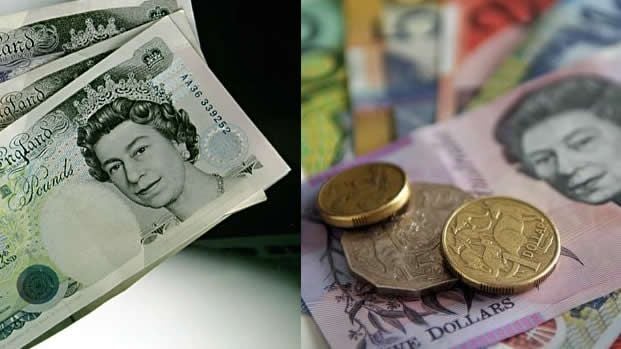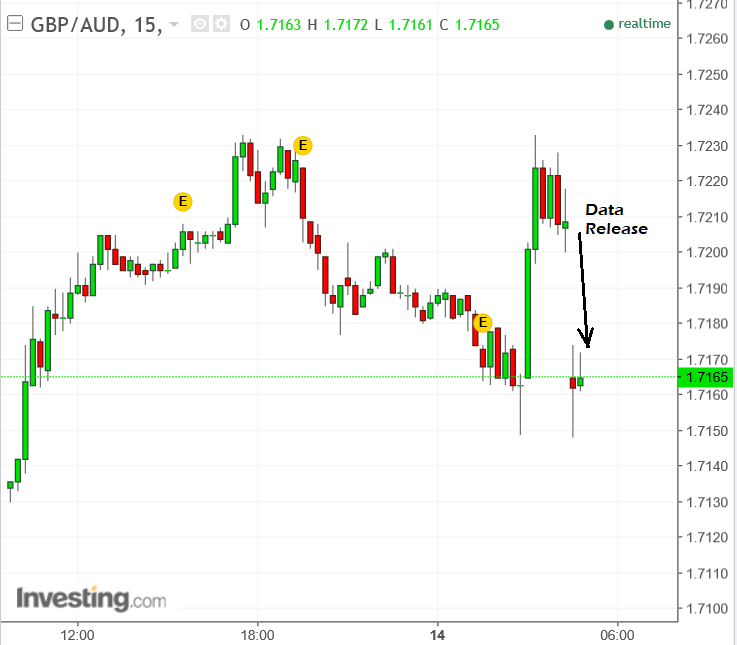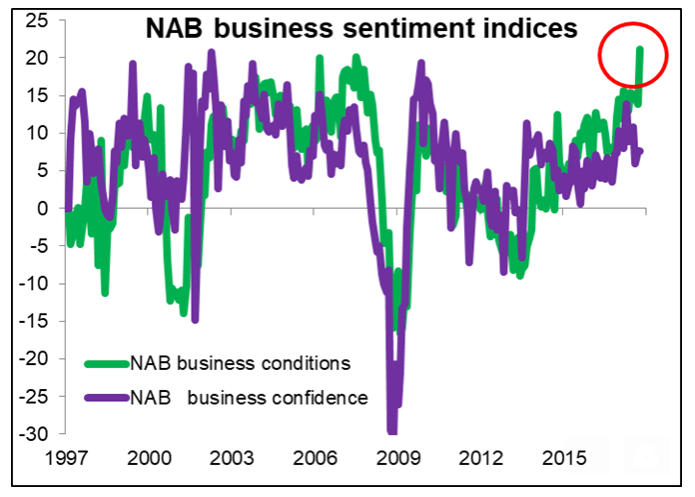Pound-to-Australian Dollar X-Rate Gaps Higher after UK Data Undermines Hopes of Agressive Interest Rate Rise Path

A lower-than-expected data print on Tuesday morning has sparked a sell-off in the British Pound on foreign exchange dealing floors.
The Pound-to-Australian Dollar exchange rate gapped lower by half a cent on Tuesday morning after the release of UK data caused the Pound to weaken.
From one Pound being able to buy 1.7230 Aussie Dollars before the data, it fell to only being able to buy 1.7180 Aussie Dollars after the release, which showed inflation in the UK was lower-than-expected in October, coming out at only 3.0% when it had been forecast to rise to 3.1%.
The below-expectation result has weakened the Pound because it now means that the Bank of England is less likely to put up interest rates - which would be its normal way of remedying overly high inflation.
Rising interest rates are positive for Sterling because they attract more inflows of foreign capital from global investors drawn by the promise of earning more interest on their money - therefore the news that the BOE is now less likely to raise interest rates came as a blow to the Pound.

Get up to 5% more foreign exchange by using a specialist provider by getting closer to the real market rate and avoid the gaping spreads charged by your bank for international payments. Learn more here.
The Australian Dollar had already had a volatile start to the day after its own data spiked higher leading to an Aussie Dollar buying frenzy, during which the Pound-to-Australian Dollar fell from 1.7230 to 1.7160.
The sharp down move came after the release of the Australian Business Conditions and Confidence Survey (NAB Business Confidence) in October jumped 7 points higher to a balance of +21, an all-time high for the gauge.
+21 means that a net 21 more respondents in the survey said they were positive about Business conditions than not.
However, critics pointed out that not all the survey data was positive as, for example, employment and business conditions were unchanged at +8 apiece.
On reflection and after delving into the detail, Westpac Analyst Andrew Hanlan puts the upbeat result more down to 'noise' than real improvement and views the positive response from the market as disproportional to the result.
"Confidence was unchanged, capacity utilisation edged lower in the month and forward orders moderated, to a still above average +2.5 from +4. This detail supports the notion that the lift in conditions is due to noise," commented Hanlan.
This may explain why the Pound recovered after the plunge following the release, climbing back up to the pre-release 1.7280 highs - only then to be brought back down again by UK inflation data.





